Vice Chairman of the Provincial People's Committee Nguyen Hong Hai has just signed an official dispatch to relevant departments, branches and localities in the province on implementing solutions to prevent and combat drought, water shortage, and saltwater intrusion, serving agricultural production and people's lives in the dry season of 2024.
Accordingly, the Provincial People's Committee requested the Department of Agriculture and Rural Development to direct the irrigation works exploitation unit to organize the inventory of water resources at reservoirs and irrigation works in the province. Calculate the water balance to have a plan for operating and distributing water economically and reasonably right from the beginning of the dry season, promptly adjust the operation and distribution plan when water sources are in shortage, ensuring adequate supply for the essential needs of the people and agricultural production for the entire dry season of 2024. Organize the management and strict protection of water resources in irrigation systems to avoid loss and waste. At the same time, coordinate with Vietnam Electricity Group, Dai Ninh Hydropower Company, Da Nhim - Ham Thuan - Da Mi Hydropower Joint Stock Company, Irrigation Works Exploitation Company Limited, People's Committees of Bac Binh, Ham Thuan Bac, Tanh Linh, Duc Linh districts to develop plans and water use needs in the downstream areas of Dai Ninh and Ham Thuan hydropower reservoirs, ensuring the water intake capacity of irrigation works to supply water for daily life and agricultural production during the dry season of 2024.
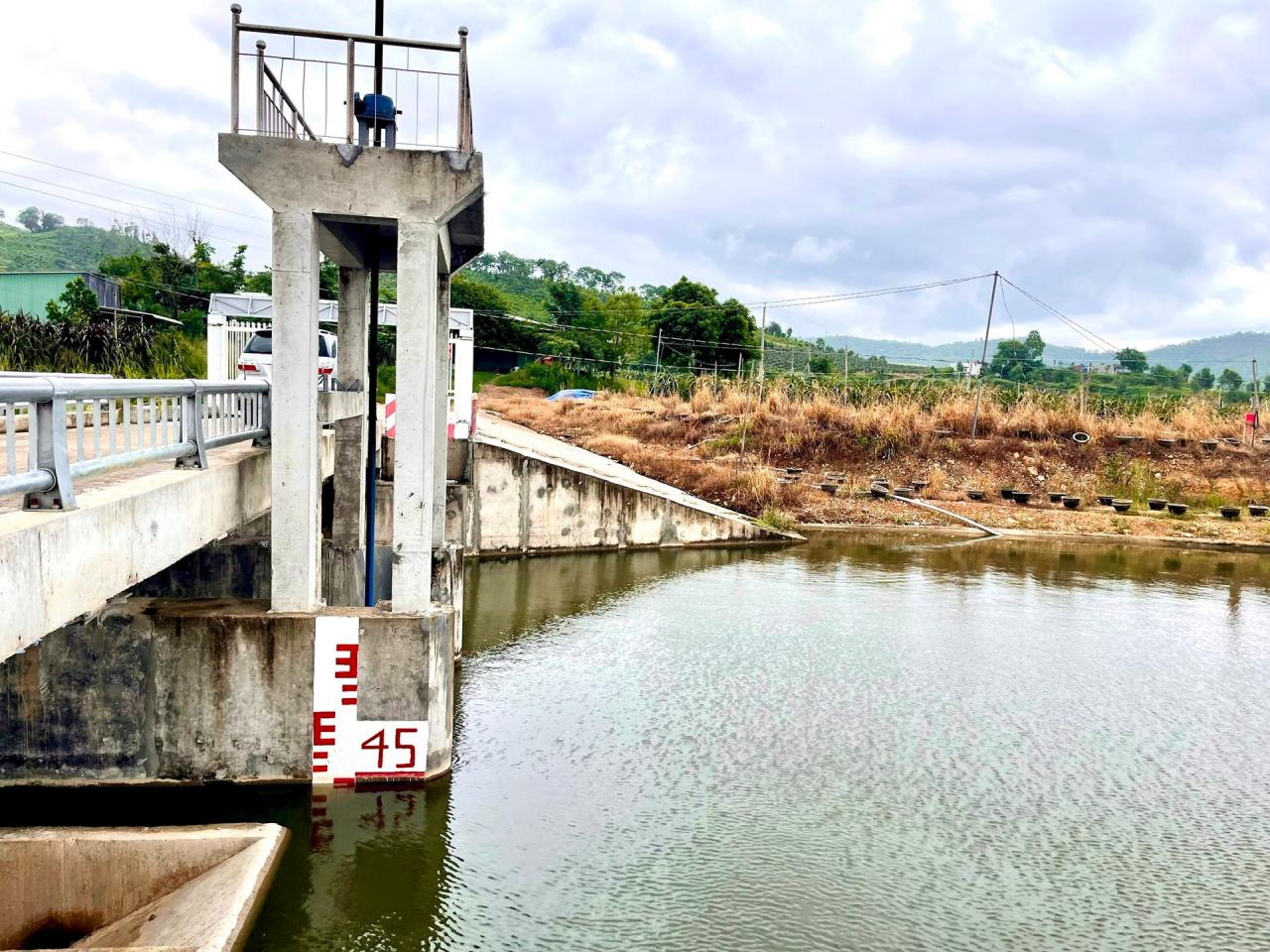
The Provincial People's Committee also proposed reviewing the ability to supply water from centralized water supply works in rural areas to each household in regions and areas that often lack domestic water; developing scenarios on drought prevention and control, and domestic water shortage in 2024 specifically for each centralized water supply work in rural areas currently being exploited and used in the province.
Binh Thuan Irrigation Works Exploitation Company Limited absolutely does not supply water in areas and regions that are not included in the water supply plan and have no water recipients or users; prioritizes supplying enough water for daily life, livestock farming, and agricultural production in areas and regions included in the water supply plan.
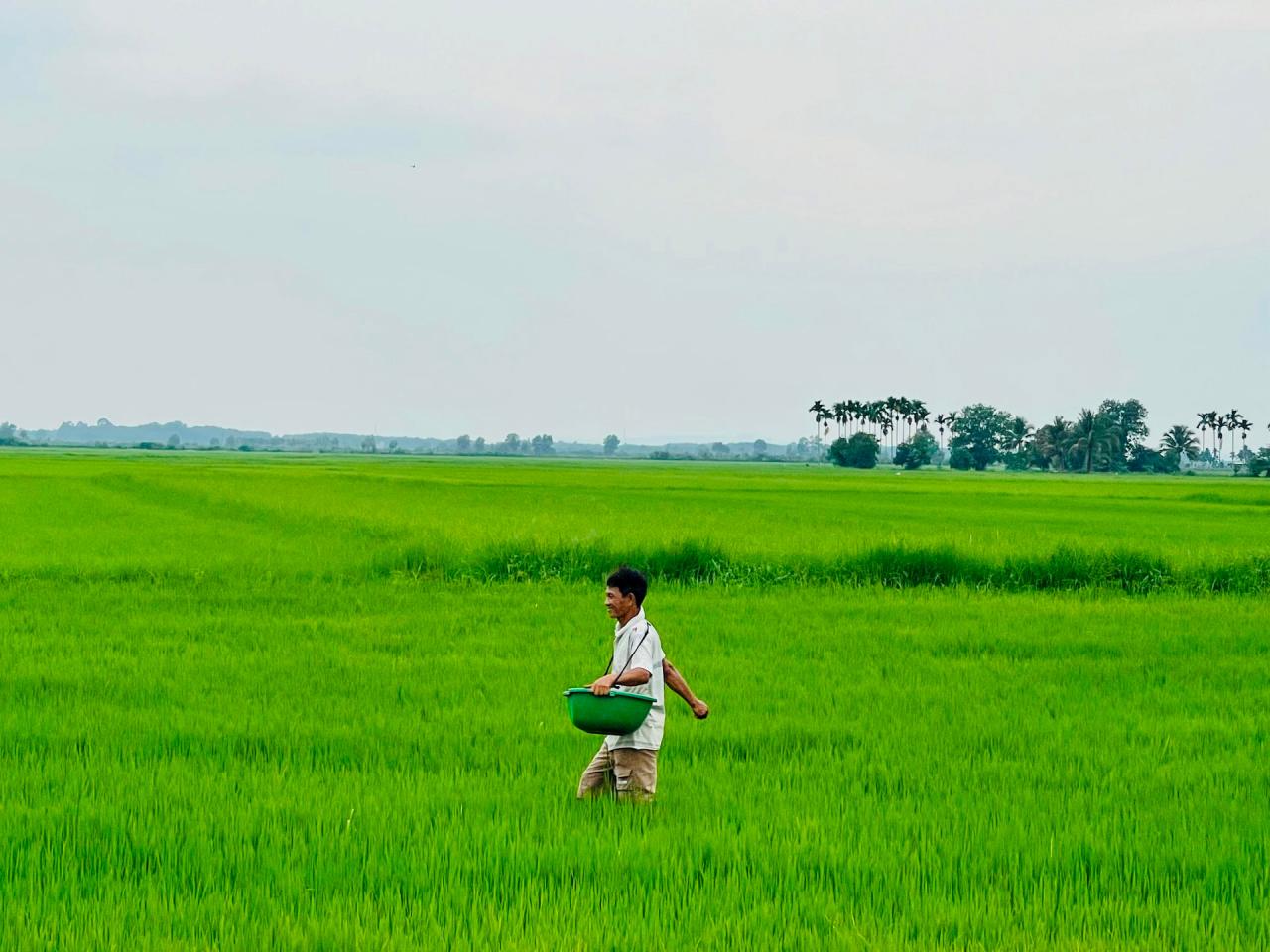
At the same time, make full use of surface water in river basins and streams to store in reservoirs, ponds, lakes, dams, main canals, and reserves to serve drought prevention in 2024. Strengthen the implementation of irrigation solutions to serve the prevention and control of drought, water shortage, and saltwater intrusion such as dredging water intakes, canal systems, etc.
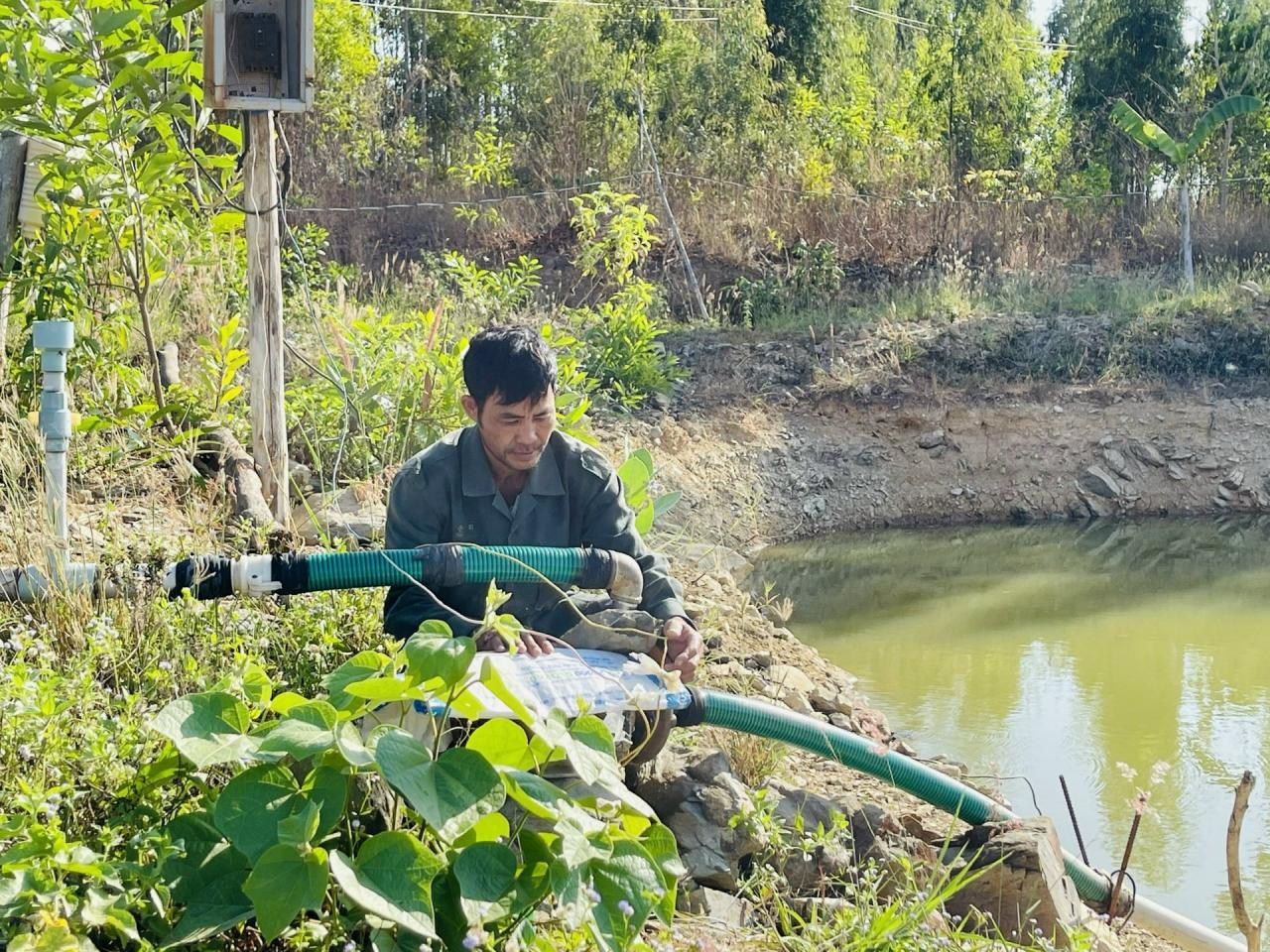
In particular, the People's Committees of districts, towns and cities need to propagate to the people about the possible impact of the El Nino phenomenon, the risk of drought, water shortage, and saltwater intrusion to have a plan to use water economically, proactively deploy response measures, accumulate and store water resources to serve long-term drought prevention such as digging ponds, digging and drilling wells... It is necessary to review, identify and warn areas and regions that do not have proactive water sources, areas at high risk of drought, water shortage, and saltwater intrusion to direct the organization of production for the next crops, ensuring that it is suitable with the water source capacity of each period, limiting damage to crops caused by drought and water shortage...
According to the National Center for Hydro-Meteorological Forecasting, the El Nino phenomenon is expected to last until April 2024 with a probability of over 90%. This phenomenon will weaken and have about a 60% chance of transitioning to a neutral phase in the middle of the year (from May to July 2024), then transitioning to La Nina at the end of 2024. The heat wave phenomenon in the Southern, Northwest and Central regions in 2024 is likely to come earlier and appear more frequently than the average of many years, the risk of water shortage in the Northern, Central, Central Highlands and Southern regions is forecast to occur in the first half of 2024.
K. HANG
Source



![[Photo] Opening of the 13th Conference of the 13th Party Central Committee](https://vphoto.vietnam.vn/thumb/1200x675/vietnam/resource/IMAGE/2025/10/6/d4b269e6c4b64696af775925cb608560)




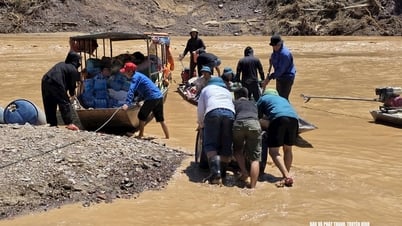






















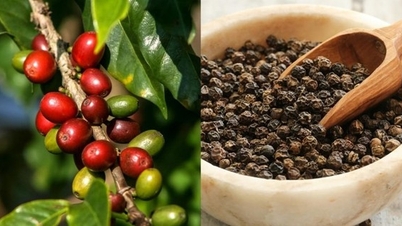


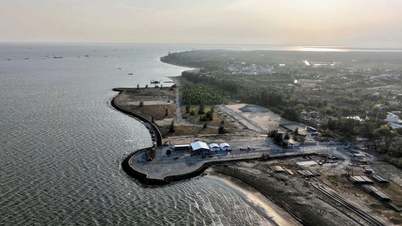



![[Photo] Prime Minister Pham Minh Chinh chairs the Government's online conference with localities](https://vphoto.vietnam.vn/thumb/1200x675/vietnam/resource/IMAGE/2025/10/5/264793cfb4404c63a701d235ff43e1bd)



























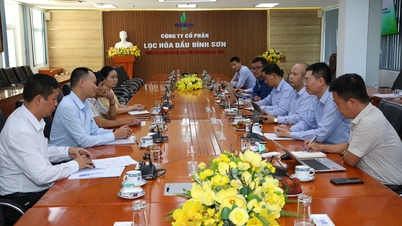







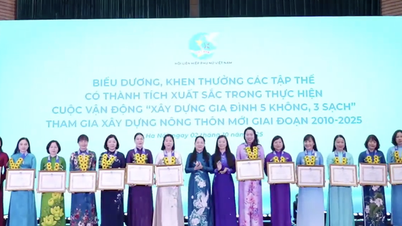


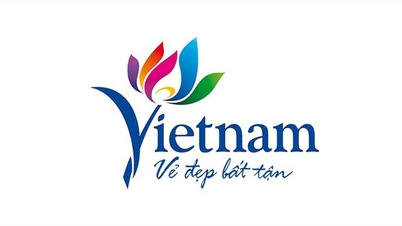










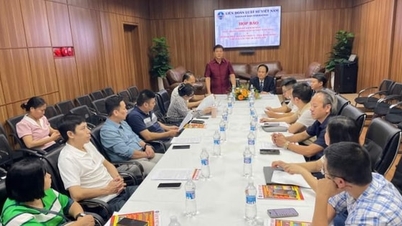















Comment (0)